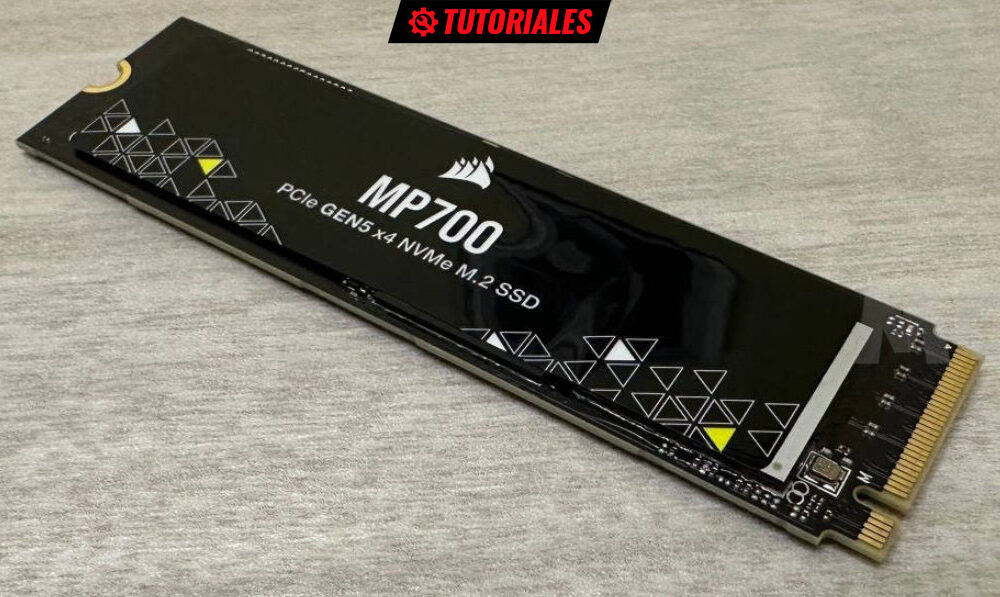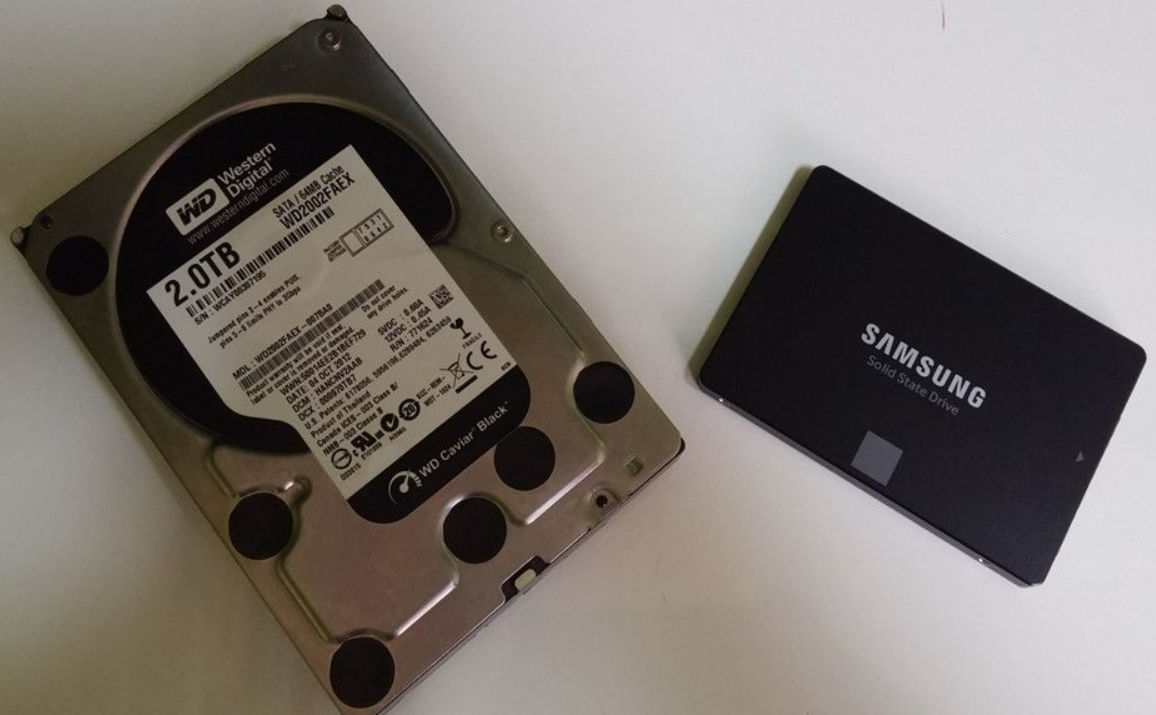What is the lifespan of an SSD?
- January 22, 2024
- 0
Many users ask about SSD lifespan and how long it will take before it causes problems. And it’s important, considering that these components are responsible for saving our
Many users ask about SSD lifespan and how long it will take before it causes problems. And it’s important, considering that these components are responsible for saving our

Many users ask about SSD lifespan and how long it will take before it causes problems. And it’s important, considering that these components are responsible for saving our valuable data once hard drives are completely removed as the default standard for PC internal storage, both in new models and in device updates.
Their strengths are stunning performance, energy efficiency, noise, size and the absence of moving parts, with hard drives only surpassing these SSDs in price per GB, which is why they are still used in servers and data centers. But what about longevity? How long does an SSD really last? Can you guess how long until it starts to fail?
To begin with, any electronic product that uses NAND flash to store information (such as SSDs) has a limited lifespan simply due to its very design. The wear and tear of the memory cells is something that is inherent to this technology and to progressive writing. individual memory cells erode both capacity and performance.
Therefore, most SSDs contain additional free memory cells so that they do not lose storage capacity when the first ones fail. Plus, they automatically assign bad sectors so you don’t lose data or performance.
The theoretical SSD specs say they are equal to or outperforms hard drives in terms of durability and robustness. Manufacturers tend to evaluate the reliability of their drives using factors such as standard age, mean time between failures, or MTFB, and perhaps most importantly, the total number of Tbytes written by the drive, which you’ll see as TBW.

Investigations carried out so far, where these units were literally “crushed” to determine their lifetime more accurately, confirmed that the values set by manufacturers are quite conservative, and that the number of “terabytes written”, taken as a reference, are actually superior.
In total. A regular user who performs “normal” computing tasks you have nothing to fear. It is highly unlikely that you will, and barring serious electrical failures to which hard drives are more prone, in most cases it will still be in good condition when replaced.
The exact lifespan of an SSD cannot be determined, but yes an estimate can be made. It depends on the type of memory used (a single-layer SLC will last longer than one that uses a quad-layer QLC), the controller and other parameters.
Industry accepts as an average of about 700 TB of data written to disk before the problems start. And that’s a good starting point for determining its status. There are apps that can help you find out. One of them is CrystalDiskInfo (from the same vendor as the popular benchmark for measuring storage performance). In case you want to know:

As far as we are concerned in this longevity and durability article, we have to go to the results “Health condition”where we can see three values:
In addition to these parameters, which are completely visual and clear, another value that can tell you about the state of the SSD is “Total number of host entries”. which highlights the written Tbytes we mentioned above.

For example, for the tests we offer you, we used a laptop, where we installed and uninstalled systems and applications many times. It’s almost a few years old and as you can see in the picture, the 5890 GB is a long way from the 700 TBW we take as a reference.
Almost all storage solution manufacturers provide drive management software that you can use. In addition to firmware updates and performance tests, they also offer quite a bit of information about the health of the drive.

The Product warranty that manufacturers offer can give us another good clue. Most drives of the current generation (M.2 PCIe midrange and above) are sold with a five-year warranty. Plenty of time for a computer component that, as we said, you can replace sooner and is still in very good condition.
He MTBF It is another of the values used to determine the life of the unit and gives the “mean time between failures”. If the MTBF of your SSD is 1 million hours, that means the probability of failure is 0.03% during the warranty years.
Summary. SSDs don’t last forever due to wear and tear of memory cells, but the additional cells that serve as replacements, high write data support, good warranty and average time between failures allow us to estimate that the lifespan of an SSD will last several years of use without problems.
Source: Muy Computer
Donald Salinas is an experienced automobile journalist and writer for Div Bracket. He brings his readers the latest news and developments from the world of automobiles, offering a unique and knowledgeable perspective on the latest trends and innovations in the automotive industry.